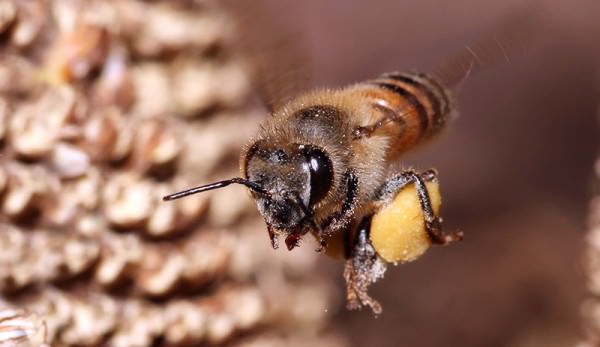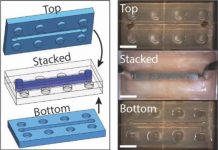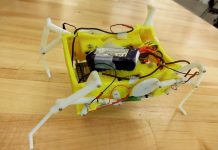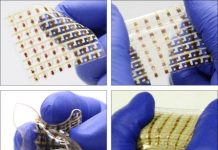A new study shows that bees can solve complex counting tasks using a very limited number of nerve cells – a discovery which could help AI and robot scientists create autonomous robots with relatively inexpensive computation algorithms.
Counting With Four Nerve Cells
Researchers at Queen Mary University of London created a computer simulation based on the bee brain. With only four nerve cells, the simulated brain is less complex than that of an actual bee, but it still manages to solve counting tasks much like its biological counterpart.
The simulated brain was able to count an entire series of items by inspecting each one closely and them moving on to the next ones. This strategy manages to solve the complex task of counting while relying on a very low number of nerve cells – an extremely resource-efficient cognitive performance and one completely different from the way humans count, by taking a look at the group of items and counting them together.
The Bee Brain
The new discovery completes our understanding of the cognitive behavior of bees. Using the same limited set of nerve cells, bees are capable of counting up to five items, determining the smallest or the largest number, and even choosing “zero” over other numbers. All these accomplishments are based on visual input and specific flight movements, rather than an understanding of numerical concepts.
Lead author Dr Vera Vasas from Queen Mary University of London says: “Our model shows that even though counting is generally thought to require high intelligence and large brains, it can be easily done with the smallest of nerve cell circuits connected in the right manner. We suggest that using specific flight movements to scan targets, rather than numerical concepts, explains the bees’ ability to count.”
Potential AI & Robotics Implications
The implications of the study extend beyond the field of insect biology into AI and robotics, offering scientists and engineers a model of designing computation algorithms based on the behavior of insects.
Professor Lars Chittka, also from Queen Mary University of London, says: “These findings add to the growing body of work showing that seemingly intelligent behaviour does not require large brains, but can be underpinned with small neural circuits that can easily be accommodated into the microcomputer that is the insect brain.”
More information can be found at https://www.sciencedaily.com/releases/2018/12/181221123718.htm.






























